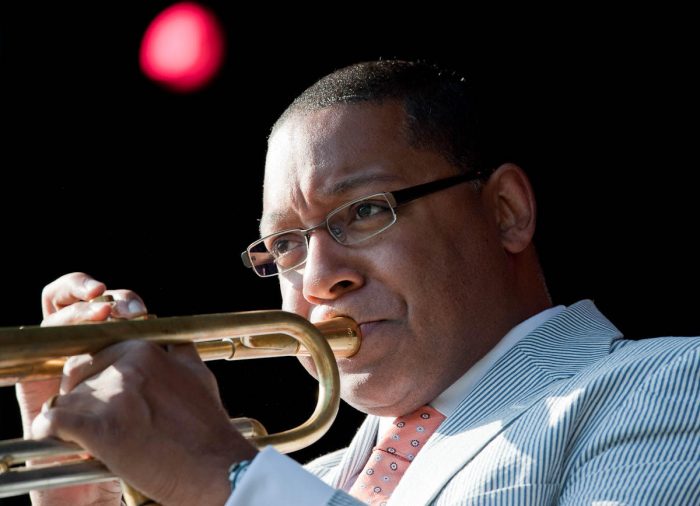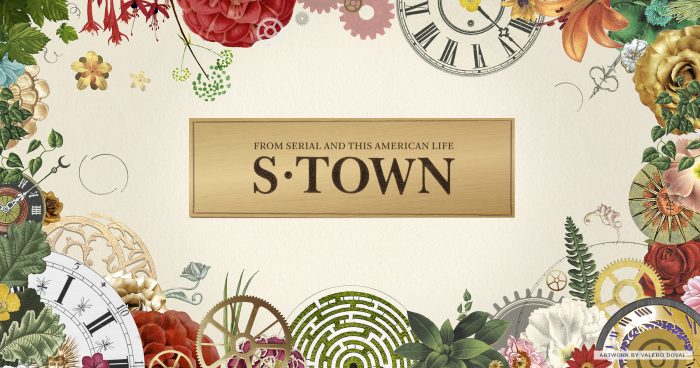Richard Feynman knew his stuff. Had he not, he probably wouldn’t have won the Nobel Prize in Physics, let alone his various other prestigious scientific awards. But his reputation for learning all his life long with a special depth and rigor survives him, and in a sense accounts for his fame — of a degree that ensures his stern yet playful face will gaze out from dorm-room posters for generations to come — even more than does his “real” work. Many students of physics still, understandably, want to be like Feynman, but everyone else, even those of us with no interest in physics whatsoever, could also do well to learn from him: not from what he thought about, but from how he thought about it.
On his Study Hacks Blog, computer science professor Cal Newport explains what he calls “the Feynman notebook technique,” whereby “dedicating a notebook to a new learning task” can provide “concrete cues” to help mitigate the difficulty of starting out toward the mastery of a subject.
Feynman did it himself at least since his graduate-school days at Princeton when, according to biographer James Gleick, he once prepared for his oral examinations by opening a fresh notebook titled “NOTEBOOK OF THINGS I DON’T KNOW ABOUT.” In it “he reorganized his knowledge. He worked for weeks at disassembling each branch of physics, oiling the parts, and putting them back together, looking all the while for the raw edges and inconsistencies. He tried to find the essential kernels of each subject.”
“At first, the notebook pages are empty,” writes Newport, “but as they fill with careful notes, your knowledge also grows. The drive to fill more pages keeps your motivation stoked.” In other, more general terms: “Translate your growing knowledge of something hard into a concrete form and you’re more likely to keep investing the mental energy needed to keep learning.” But how sure can you feel of your newly acquired knowledge if you don’t regularly test it? Feynman had to go face-to-face with the elders of the Princeton physics department, but if you don’t benefit from that kind of institutional threat, you might consider putting into practice another Feynman technique: “teaching” what you’ve learned to someone else.
In addition to being a great scientist, explains study-skills vlogger Thomas Frank, Feynman “was also a great teacher and a great explainer,” owing to his ability to “boil down incredibly complex concepts and put them in simple language that other people could understand.” Only when Feynman could do that did he know he truly understood a concept himself — be it a concept in physics, safecracking, or bongo-playing. As Frank explains, “if you’re shaky on a concept and you want to quickly improve your understanding,” try your hand at producing a Feynmanesque simple explanation, which will “test your understanding and challenge your assumptions.” Just make sure to bear in mind one of Feynman’s most quotable quotes: “The first principle is that you must not fool yourself — and you are the easiest person to fool.” And if you find that you have indeed fooled yourself, head right back to the drawing board — or rather, to the notebook.
Related Content:
Richard Feynman Creates a Simple Method for Telling Science From Pseudoscience (1966)
Richard Feynman Presents Quantum Electrodynamics for the NonScientist
The Drawings & Paintings of Richard Feynman: Art Expresses a Dramatic “Feeling of Awe”
Based in Seoul, Colin Marshall writes and broadcasts on cities and culture. He’s at work on a book about Los Angeles, A Los Angeles Primer, the video series The City in Cinema, the crowdfunded journalism project Where Is the City of the Future?, and the Los Angeles Review of Books’ Korea Blog. Follow him on Twitter at @colinmarshall or on Facebook.





